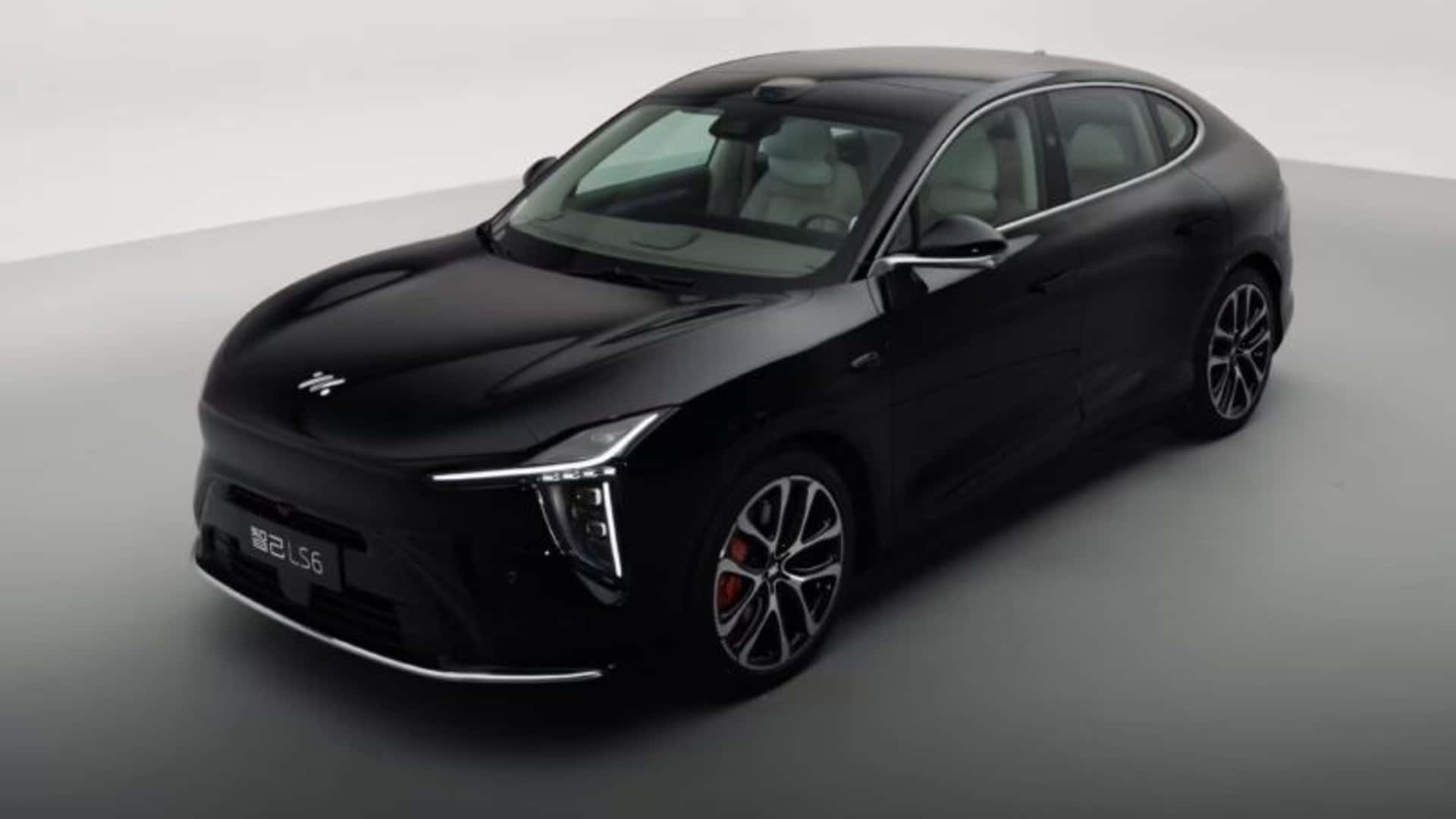
"There is a trend in China for long-range plug-in hybrids whose batteries can easily take them 60 miles or more on one charge. But there's also another trend that's gaining traction in parallel, which is to add combustion engines to electric vehicles and turn them into range extenders with very high combined range numbers. That's what SAIC 's IM Motors did with its revised LS6 coupe crossover, which has gained two EREV variants."
"If you don't know the difference, a plug-in hybrid meshes gasoline engine power and electric power, while an EREV uses a gasoline engine purely as a generator to charge its batteries. EREVs have the advantage of typically offering even more pure electric range than even the longest-range PHEVs, while offering the comfort and reassurance of having an onboard combustion engine acting as a generator and replenishing range on the go."
"You can now order an LS6 EREV in China with one of two optional battery sizes: A 52-kilowatt hour pack or a 66 kWh pack. Both are charged by a 153-horsepower 1.5-liter turbocharged four-cylinder range extender, giving you plenty of endurance in either configuration. IM says the 52 kWh model will go 230 miles on electricity and up to 870 miles with a full battery and a full gas tank."
China shows parallel trends toward long-range plug-in hybrids and converting electric vehicles into range-extended EVs using combustion engines as generators. EREVs use the gasoline engine solely to charge batteries, enabling greater pure-electric range while retaining onboard refueling; they require motors and batteries sized to meet full torque demand. SAIC's IM Motors revised the LS6 coupe crossover by adding two EREV variants with 52 kWh and 66 kWh battery options paired to a 153-horsepower 1.5-liter turbocharged four-cylinder range extender. The 52 kWh model claims 230 miles electric and 870 miles combined, and the 66 kWh claims 280 miles electric and 933 miles combined on the CLTC cycle.
Read at InsideEVs
Unable to calculate read time
Collection
[
|
...
]